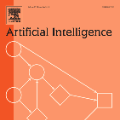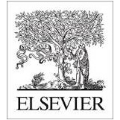
Environmental journalism is vital for raising awareness of ecological crises and driving evidence-based policy, yet traditional methods falter under delays, inaccuracies, and scalability limits, especially in under-monitored regions critical to the United Nations Sustainable Development Goals. To bridge these gaps, this paper introduces the AI-Environmental Journalism Integration Model (AEJIM), an innovative framework combining real-time hazard detection, automated reporting, crowdsourced validation, expert review, and transparent dissemination. Validated through a pilot study on Mallorca, AEJIM significantly improved the speed, accuracy, and transparency of environmental hazard reporting compared to traditional methods. Furthermore, the model directly addresses key ethical, regulatory, and scalability challenges, ensuring accountability through Explainable AI (XAI), GDPR-compliant data governance, and active public participation. AEJIM's modular and technology-agnostic design provides a transparent and adaptable solution, setting a new benchmark for AI-enhanced environmental journalism and supporting informed global decision-making across diverse socio-political landscapes.
翻译:暂无翻译



